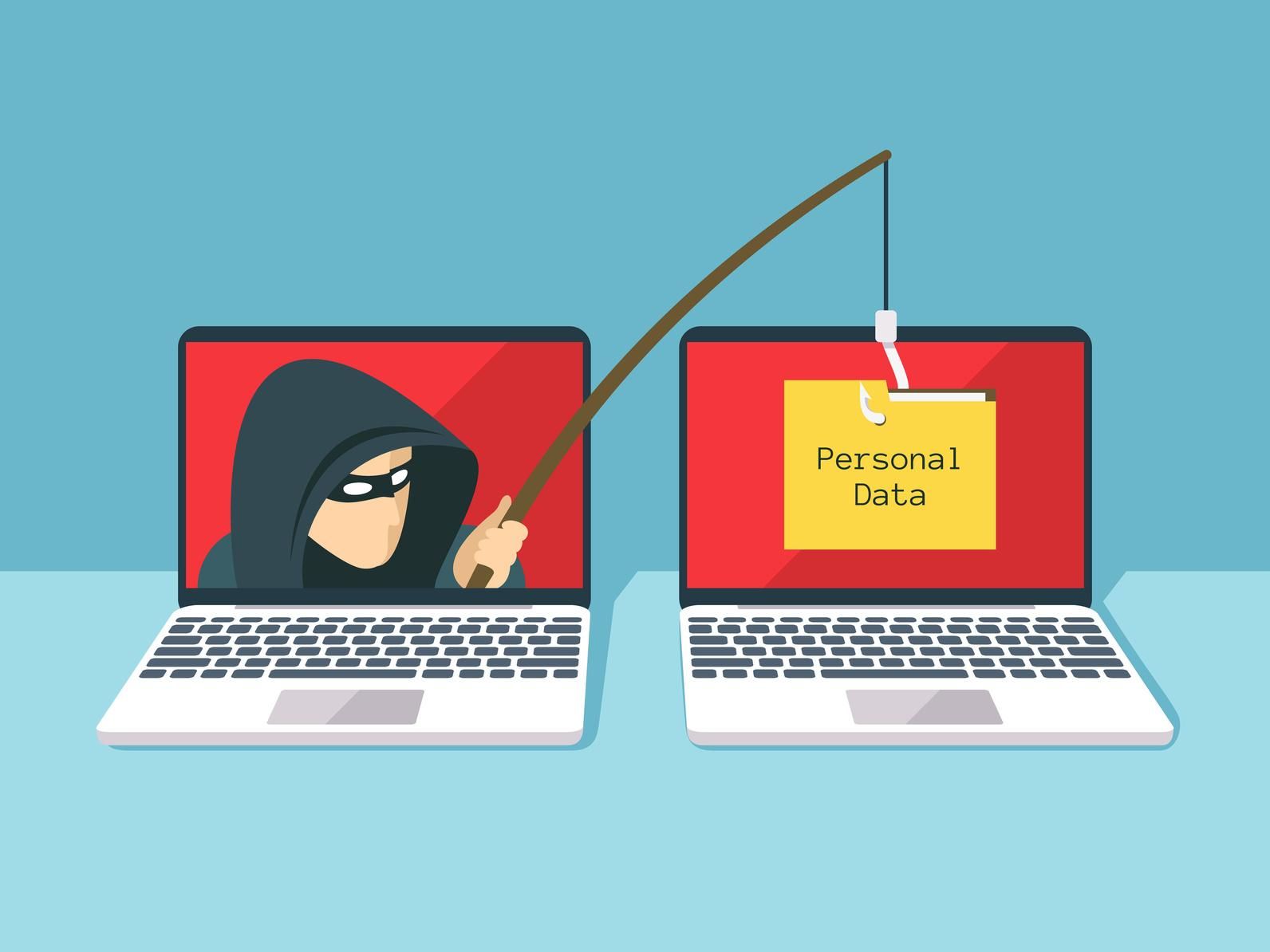In an era where cyber threats lurk around every corner of the digital world, phishing attacks remain one of the most prevalent and dangerous. Phishing emails are craftily designed to steal personal information, financial details, or deploy malware on your device. This guide aims to arm you with knowledge and strategies to recognize and avoid these deceptive attempts, ensuring your digital safety and security.
Understanding Phishing Emails
Phishing emails are fraudulent messages that mimic legitimate organizations or individuals to trick recipients into revealing sensitive information or clicking on malicious links. These emails often create a sense of urgency, fear, or curiosity to prompt immediate action from the unsuspecting victim.
Key Signs of Phishing Emails
- Suspicious Sender Addresses: Check the sender’s email address carefully. Phishers often use addresses that resemble legitimate ones, with minor differences that can be easily overlooked.
- Generic Greetings: Phishing emails frequently use generic greetings like “Dear Customer” instead of your name, indicating a lack of personalization typical in legitimate communications.
- Spelling and Grammar Mistakes: Professional organizations typically ensure their communications are error-free. Numerous spelling and grammar errors can be a red flag.
- Urgent or Threatening Language: Phishers use urgent language or threats (e.g., “Your account will be closed”) to prompt quick action without careful consideration.
- Suspicious Links and Attachments: Be wary of emails asking you to click on a link or download an attachment. Hover over links to preview the URL and verify its legitimacy.
How to Protect Yourself from Phishing Attacks
- Verify the Sender: If an email seems suspicious, verify the sender by contacting the organization directly through their official website or phone number. Do not use any contact information provided in the suspicious email.
- Think Before You Click: Avoid clicking on links or downloading attachments from unknown or unsolicited emails. These could lead to phishing websites or download malware onto your device.
- Use Two-Factor Authentication (2FA): Enable 2FA on all your accounts. This adds an extra layer of security, making it harder for attackers to gain unauthorized access even if they obtain your credentials.
- Update Your Software Regularly: Keep your operating system, browsers, and security software up to date. Updates often include patches for security vulnerabilities that phishers exploit.
- Educate Yourself and Others: Stay informed about the latest phishing techniques. Cybercriminals constantly evolve their methods, so keeping abreast of new scams can help you stay one step ahead.
What to Do If You Fall Victim to a Phishing Attack
- Change Your Passwords Immediately: If you suspect that your information has been compromised, change your passwords immediately, especially for sensitive accounts like email, banking, and social media.
- Notify the Affected Institutions: Contact your bank, credit card providers, and any other institutions that may be affected. They can monitor your accounts for suspicious activity and take necessary precautions.
- Report the Phishing Attempt: Forward the phishing email to the Anti-Phishing Working Group at re************@ap**.org and to the organization being impersonated in the email.
- Scan Your Device for Malware: If you clicked on any links or downloaded attachments, scan your device with reputable security software to detect and remove malware.
Conclusion
Phishing attacks can be sophisticated, but with vigilance and the right knowledge, you can significantly reduce your risk of falling victim. By recognizing the signs of phishing emails, exercising caution, and taking proactive security measures, you can protect yourself and your sensitive information from cybercriminals. Always remember, when in doubt, verify the authenticity of any communication before responding or taking action.




